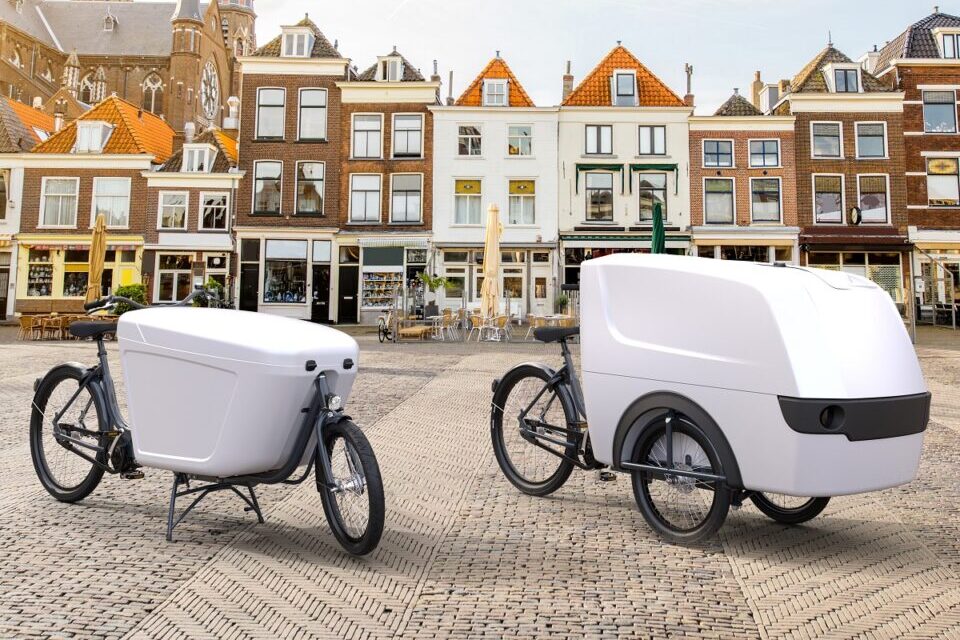Consumer decisions are being altered by the ubiquity of big data, the Internet of things and advances in web coding and design. Customers now have endless online and offline options for researching and buying new products and services, all at their fingertips 24/7. Digital channels no longer just represent a cheaper way to interact with customers; they are critical for stimulating sales, executing promotions and increasing market share.
As economies approach the new normal in a post-COVID-19 society, consumers are expected to have permanently changed their buying behaviour. For example, contact-free shopping will continue to drive the growing demand for home deliveries, increasing the need for delivery riders. Motorcycles and bicycles continue as a popular choice of transport for last-mile deliveries that is environmentally responsible and more energy-efficient than the average car. This two-wheeled cycle trend will, in turn, require delivery companies to continue to invest in smarter and more efficient tech delivery systems and platforms.
In accomodating this fast-paced, consumer-supported trend of digitisation, processors, sensors and other hardware continue to dramatically decline in price while increasing in performance. This trend has paved the way for conventional devices to become connected and ‘smart’. Conventional devices are being upgraded across all sectors, with technology and related IoT devices becoming much more affordable.
